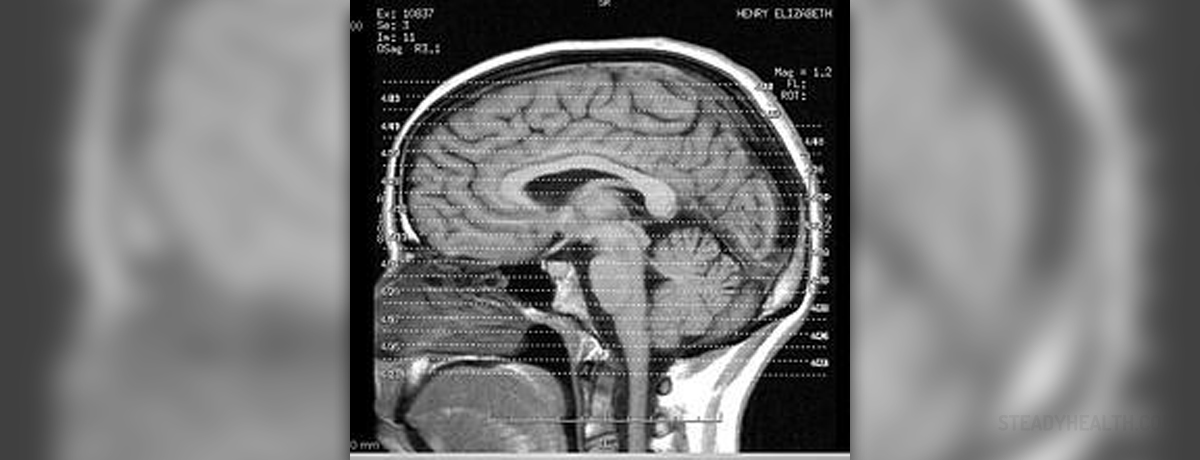
Epilepsy is a chronic disorder of the brain (the central nervous system), characterized by seizures. In all patients suffering from this neurological disorder there is hyper-synchronized or excessive activity of group of neurons in the brain, which is found responsible for seizures.
All over the world more than 50 million of people suffer from epilepsy. This disorder is more common among population of developing countries, but the disease is not specific just for them. Any person, of almost any age can experience an epileptic attack. However, this problem is more likely to be diagnosed in very young (children) or very old people (over 65 years of age). Also, many people who had some kind of brain surgery are known to develop epilepsy during their recovery. Epilepsy does not have to be a condition following the person throughout his or her life. Some kids may grow out of their seizures, but other people may have to deal with this problem for the rest of their lives.What Happens to the Brain during an Epileptic Attack?
Human neurons work very similarly like telephone lines, transmitting information (in the form of electrical signals) and connecting the brain with all other parts of the human body. This way, we can feel, move, think and memorize everything.
There is some pattern in which our brain normally works. Electrical impulses travel through the neurons and our body and using neurotransmitters send and receive all relevant information. So, when these neurons start to act abnormally or become imbalanced for some reason and start to fire simultaneously in groups, the person experience recurrent seizures and develops epilepsy.
Person experiencing seizures may have some specific symptoms. These mainly depend on the area of the brain where seizures have started and functions of the body the affected part of the brain is responsible for. The left half of the human brain is known to control the right side of the body and vice versa, the right portion of the brain controls our left side of the body. This means that seizures which start in the right side of the brain will cause muscle twitching in the left part of the body.
How is Epilepsy Differentiated?
Doctors commonly use several features to describe epilepsy. The most common way to classify epilepsy involves certain factors such as the part of the brain where seizures have started, the type of seizures, the age of the patient when the epilepsy have started and triggers which cause or provoke epileptic attacks. Some epileptic seizures can be inherited from the parents. Seizures may appear irregularly, causing various patterns on the electroencephalogram during and between attacks.
Severity and frequency of seizures are also considered, as well as possibility to recover or experience worsening of the symptoms. Some patients may suffer from additional disorders besides epilepsy, affecting the diagnosis and prognosis of this condition and available treatment options.
Talking about the treatment, patients should know that in most cases epilepsy can be controlled but cannot be cured. However, the fact remains than about 30% of all epileptic patients do not respond to any medication and cannot control seizures.








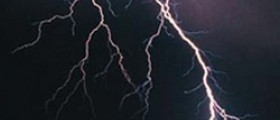

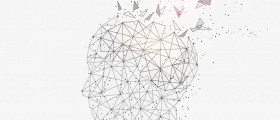
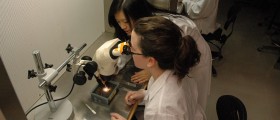




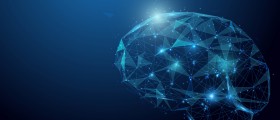
Your thoughts on this
Loading...